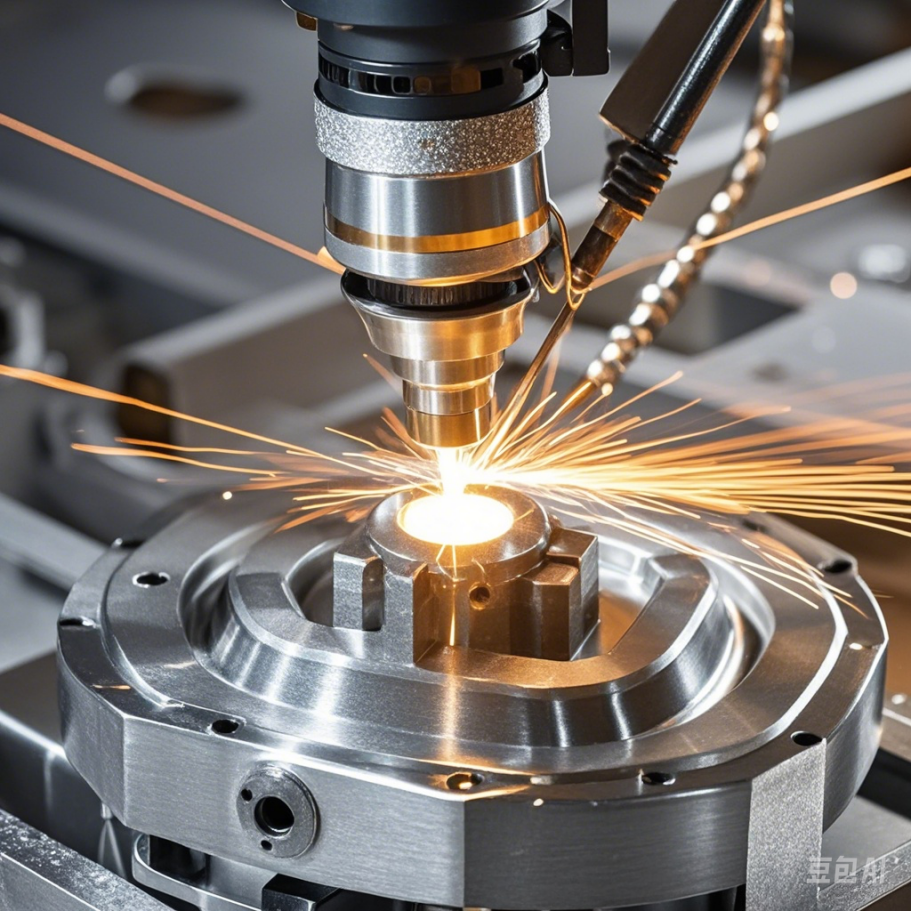Laser Cladding Technology Introduction
Laser cladding is an advanced surface engineering technology that has gained significant attention in various industries due to its unique capabilities and advantages.

What is Laser Cladding?
Laser cladding involves the deposition of a molten material onto a substrate surface using a laser beam as the heat source. The process typically combines a powdered or wire feedstock material with the laser energy to create a highly dense and metallurgically bonded coating.
How Does It Work?
Material Preparation: The feedstock material, which can be in the form of powder or wire, is carefully selected based on the specific requirements of the application. The powder is often made of metals, alloys, ceramics, or a combination of these materials.
Laser Heating: A high-power laser beam is focused onto the substrate surface. The intense heat from the laser melts both the substrate and the feedstock material.
Deposition: As the laser beam moves along the substrate, the molten feedstock is deposited and rapidly solidifies, forming a new layer on the surface.
Bonding: The laser cladding process creates a strong metallurgical bond between the coating and the substrate. This bond ensures excellent adhesion and mechanical properties.
Advantages of Laser Cladding
High Quality Coatings: Laser cladding produces coatings with extremely high density, low porosity, and excellent adhesion. The coatings have superior mechanical properties such as hardness, wear resistance, and corrosion resistance.
Minimal Heat Affected Zone (HAZ): The laser beam provides a highly localized heat source, resulting in a minimal heat affected zone. This reduces the distortion and damage to the substrate, especially in applications where precision is crucial.
Selective Deposition: Laser cladding allows for precise control over the deposition area, enabling selective coating of specific regions or repair of damaged parts.
Versatility: The technology can be used to deposit a wide range of materials, including metals, alloys, ceramics, and composites. This makes it suitable for a variety of applications in different industries.
Environmentally Friendly: Laser cladding is a clean process that produces little waste and does not require the use of harmful chemicals or solvents.
Applications of Laser Cladding
Aerospace Industry: Laser cladding is used to repair and enhance the performance of turbine blades, engine components, and landing gear. The coatings improve wear resistance, high-temperature oxidation resistance, and fatigue strength.
Automotive Industry: In the automotive sector, laser cladding is employed for manufacturing engine parts, transmission components, and tools. The coatings provide increased durability and reduced friction.
Oil and Gas Industry: Laser cladding is applied to drill bits, valves, and pipelines to improve corrosion resistance and wear resistance in harsh operating environments.
Tool and Die Industry: The technology is used to repair and harden tool and die surfaces, extending their service life and reducing production costs.
Medical Industry: Laser cladding can be used to create biocompatible coatings on medical implants and instruments, improving their performance and longevity.
In conclusion, laser cladding technology offers a powerful solution for enhancing the surface properties of materials and improving the performance and durability of components. With its high-quality coatings, minimal heat affected zone, and versatility, laser cladding is becoming an increasingly important tool in various industries.
